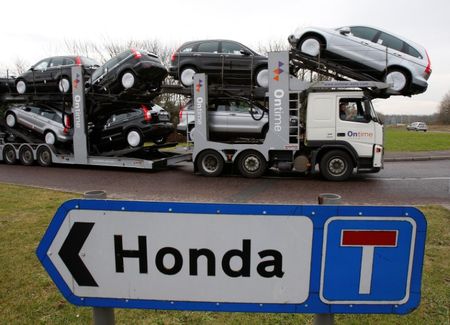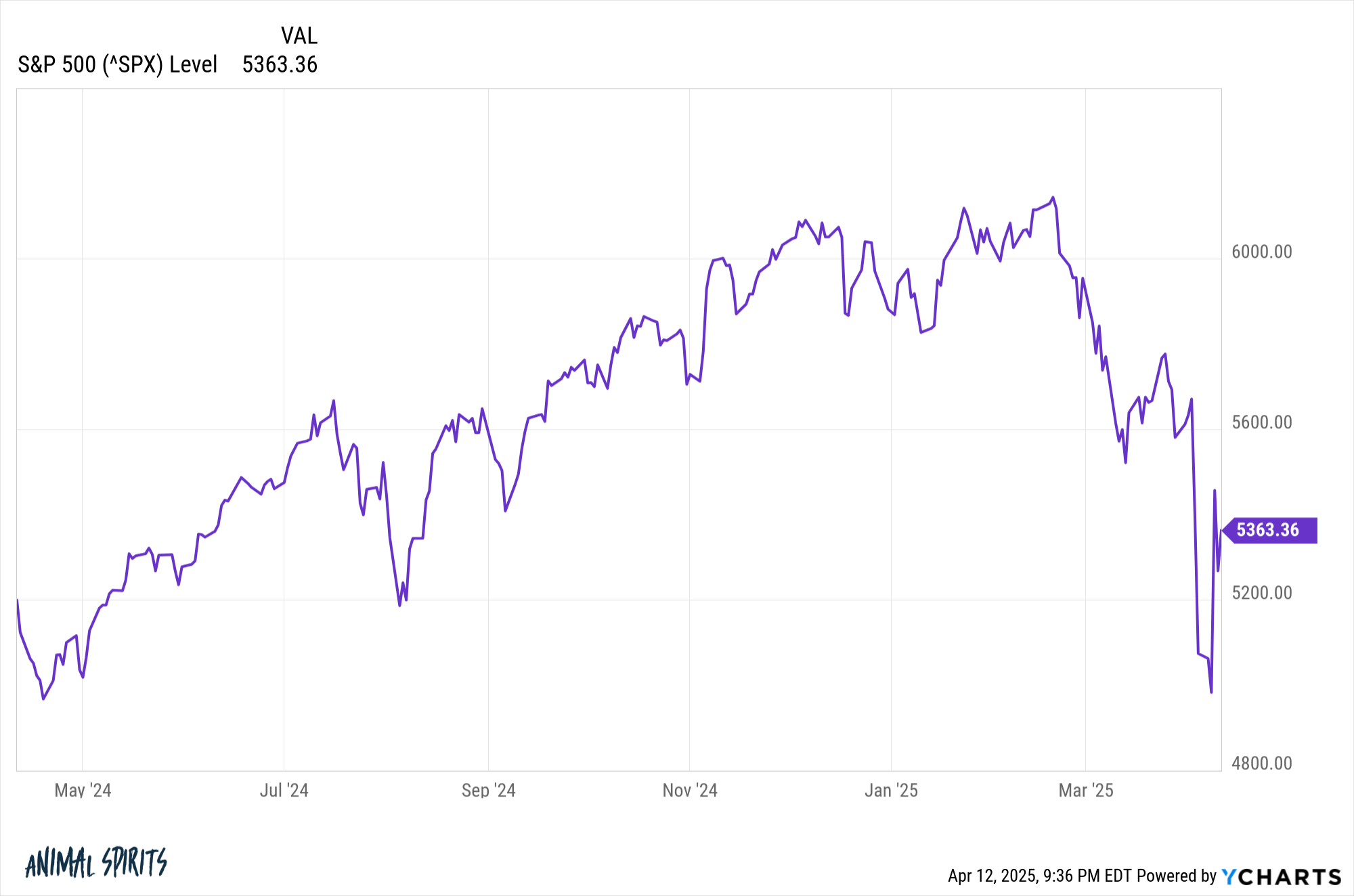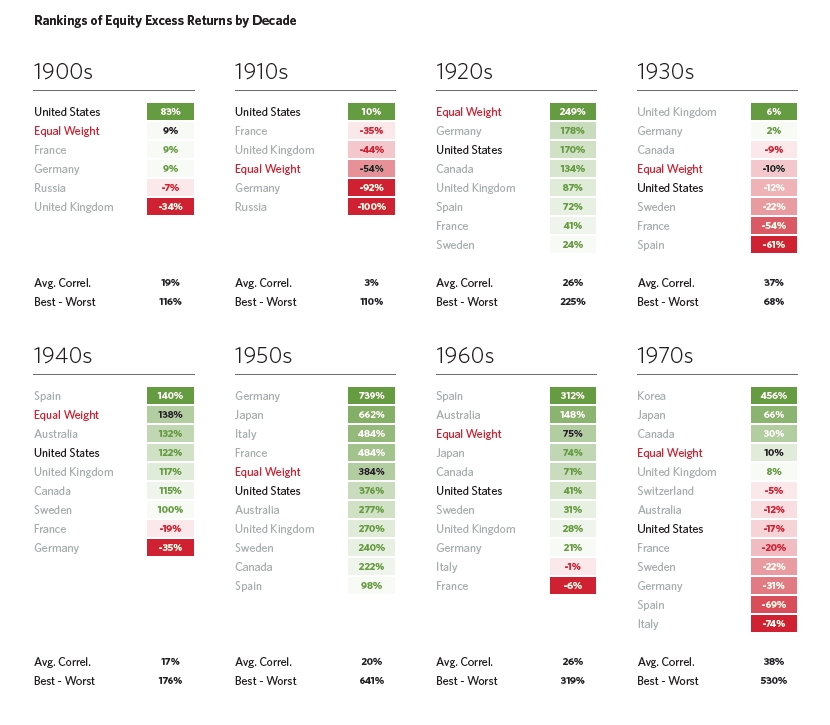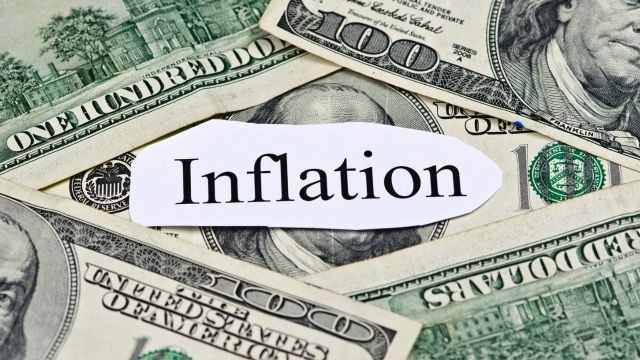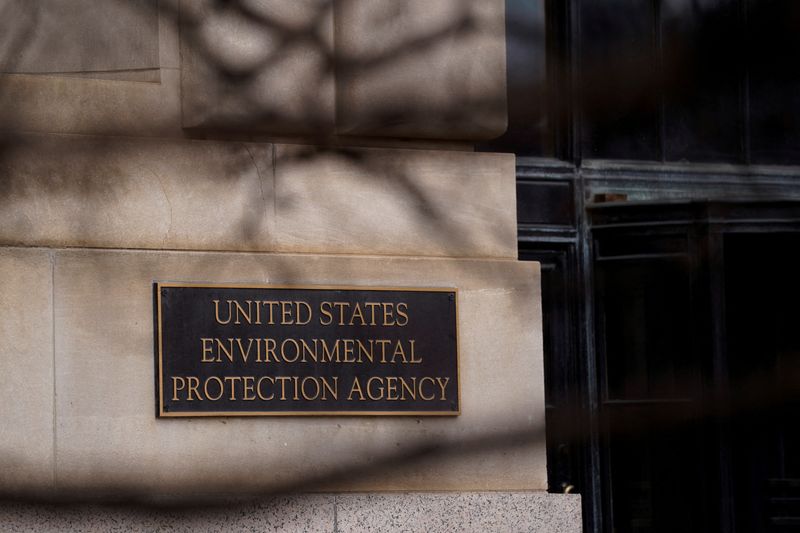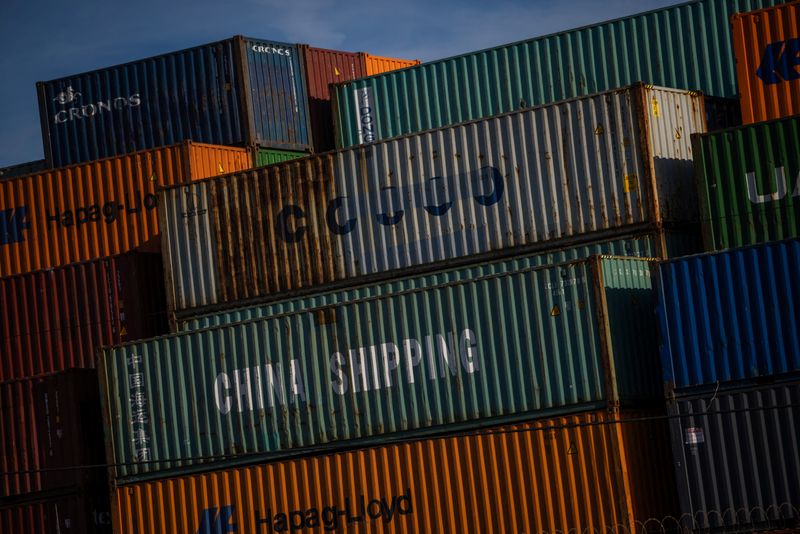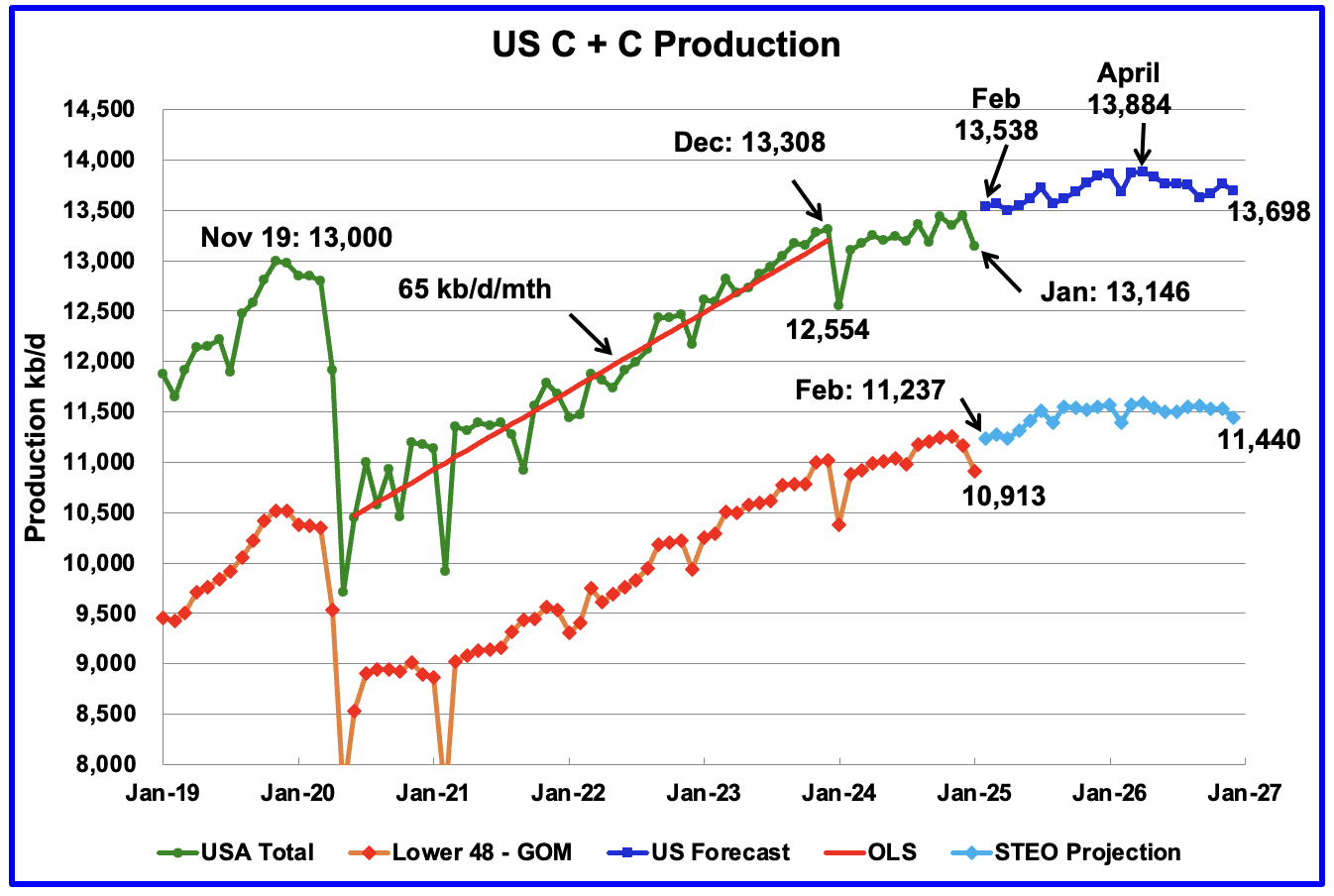Which U.S. States Are Dependent on Canadian Electricity, and Why?
Many American states, particularly close to the northern border, benefit from trade with the Canadian economy. One of the areas this is most evident is in the integration of the electrical grids of the two countries. For some border states, purchasing Canadian hydroelectric power is an essential part of their strategy to maintain a stable, […] The post Which U.S. States Are Dependent on Canadian Electricity, and Why? appeared first on 24/7 Wall St..

Many American states, particularly close to the northern border, benefit from trade with the Canadian economy. One of the areas this is most evident is in the integration of the electrical grids of the two countries. For some border states, purchasing Canadian hydroelectric power is an essential part of their strategy to maintain a stable, cost-effective, and climate-friendly energy grid. This article explores which states are most dependent on Canadian electricity, and why.

Some keypoint here
Are you ahead, or behind on retirement? SmartAsset’s free tool can match you with a financial advisor in minutes to help you answer that today. Each advisor has been carefully vetted, and must act in your best interests. Don’t waste another minute; get started by clicking here here.(Sponsor)
Key Points
Canada’s Electricity Exports

Canada is a major player in the electric energy market because of its massively abundant hydroelectric resources. Hydropower accounts for roughly 85% of the electricity Canada exports to the United States. The top exporting provinces are Quebec, Ontario, and British Columbia. In 2024, Canada exported approximately 30 terawatt-hours (TWh) of electricity to the United States. How much is that?
- Enough to power 2.5-3 million U.S. homes for a year.
- Enough to power every Amtrak in the U.S. for 50 years.
- As much as all the residential energy use of New York City, Chicago, and Houston combined for a whole year.
Next up, the states that are the largest importers of Canadian electricity.
New York

New York consistently ranks among the top importers of Canadian electricity, in part because of the massive energy requirements of New York City and its environs. Around 6% of the state’s total electricity supply comes from hydropower plants in Quebec and Ontario. The Champlain–Hudson Power Express is a major transmission project underway that will deliver up to 1,250 megawatts of clean hydropower New York City. This will be enough to power a million homes, taking care of 20% of the Big Apple’s power needs.
Michigan

Michigan is tightly linked to Ontario’s grid through high-voltage connections that allow electricity to flow both ways, though the bulk of the flow comes into Michigan. These imports are especially important in winter, when heating demands spike. With coal plants retiring and natural gas prices fluctuating, Canadian hydropower gives Michigan steady, carbon-free electricity. The cross-border relationship helps Michigan manage seasonal demand swings and supports the state’s shift toward cleaner energy without risking blackouts.
Minnesota

Minnesota imports about 13% of its electricity from Manitoba, the highest share of any U.S. state. Manitoba Hydro’s massive dam network delivers near-constant power, helping Minnesota transition away from coal without betting entirely on intermittent renewables like wind and solar. This relationship dates back to the 1970s, making it one of the longest-standing international energy partnerships in North America. For Minnesota, Canadian power is less a backup and more a foundational part of the grid.
Vermont

Vermont gets nearly half of its electricity from Hydro-Québec under a long-term contract designed to ensure price stability and clean power. Unlike many states that built out solar or wind to hit renewable targets, Vermont leaned into the reliability of imported hydro. It’s a small state with limited local generation, so the steady Canadian supply helps balance the grid without requiring massive infrastructure investments or fossil fuel backup.
Maine

Maine’s grid is rural and relatively isolated, so it leans on imports from both Quebec and New Brunswick. The state was at the center of a controversial project—the New England Clean Energy Connect—which aimed to transmit Canadian hydropower through Maine to Massachusetts. Local voters pushed back, fearing the state would bear the environmental cost without much benefit. Despite the politics, Canada remains a vital energy partner for Maine’s grid.
So why is Canada such a strong supply source for these states?
Abundant Hydroelectric Resources

Canada’s geography allows for large-scale hydroelectric development, especially in Quebec and British Columbia. Hydropower tends to be significantly cheaper than fossil fuel generation, making Canadian electricity attractive to U.S. states seeking low-cost, low-carbon energy solutions.
Integrated Grids
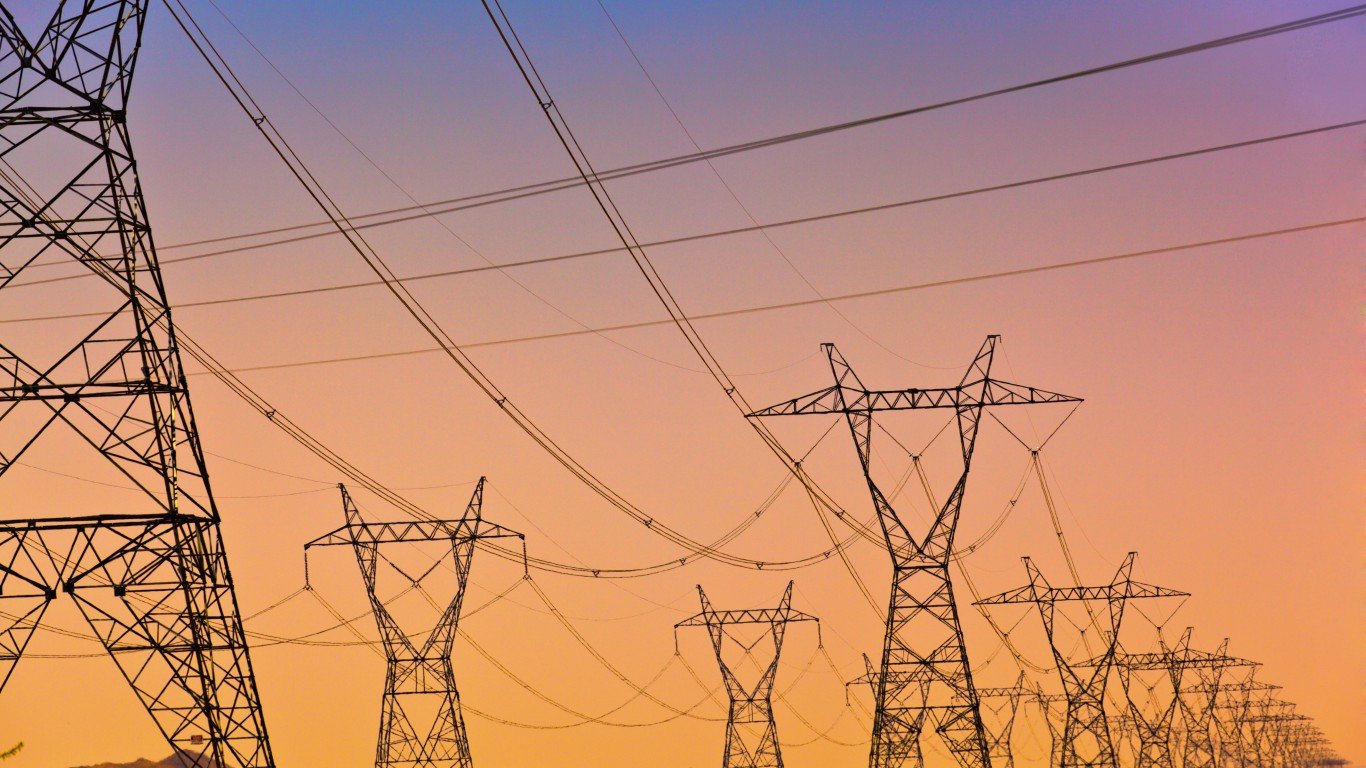
The North American electric grid is highly interconnected. Numerous high-voltage transmission lines connect Canadian provinces with adjacent U.S. states, making it relatively easy to import electricity when needed. This built-in flexibility allows states to supplement local generation with Canadian imports during high-demand periods—without building costly new power plants.
Climate and Decarbonization Goals

As many U.S. states work toward clean energy standards and attempt to phase out coal, Canadian hydropower presents an appealing option. It offers dispatchable, renewable energy without the intermittency issues associated with wind and solar.
Economic and Market Stability

Canadian electricity acts as a buffer against price spikes and supply shortages. For instance, in New York during hot summer months, Canadian imports prevent overreliance on expensive peaker plants, keeping grid prices more stable and protecting vulnerable consumers from sudden rate hikes.
What could undermine the good thing we have going with Canada in electric power sharing?
Tariffs and Trade Disputes

Recent trade tensions have highlighted the fragility of even long-standing energy relationships. There have been discussions in Ontario about introducing surcharges on electricity exports in retaliation for aggressive American trade and tariff policies. If implemented, Canadian electricity tariffs could drive up costs in states like Michigan and New York that rely on these imports for grid stability.
Vulnerability

Any over-dependence on a foreign energy source—even a stable and friendly neighbor like Canada—comes with inherent risk. Political changes, infrastructure failures, or unforeseen emergencies could disrupt the flow of electricity. States relying heavily on imports may face sudden shortages or be forced to pay premium rates in emergencies.
Impact on Local Economies

If tariffs increase or imports become less reliable, states may be forced to rely more on local generation. In the short term, this could increase electricity prices and disproportionately affect low-income households and small businesses. Over time, however, this could also incentivize investments in local renewable infrastructure, including wind and solar farms.
What Comes Next?

The partnership between the United States and Canada in an interconnected electrical grid makes sense for both countries. It provides clean, renewable energy and saves U.S. states from having to make costly investments in power generation from riskier sources, like nuclear power. However, the unpredictability of politics means that for both electrical suppliers and customers, diversification is a wise long-term strategy.
The post Which U.S. States Are Dependent on Canadian Electricity, and Why? appeared first on 24/7 Wall St..




